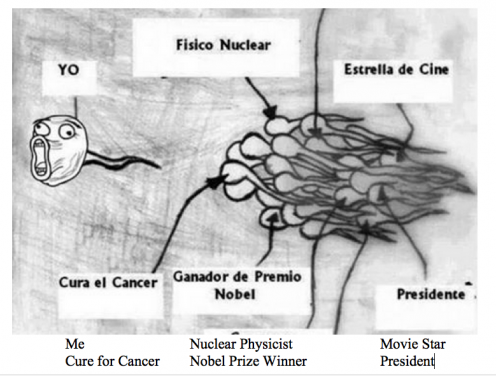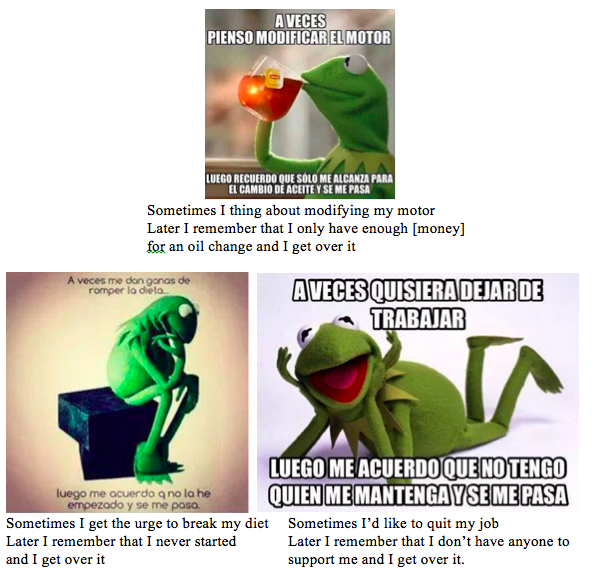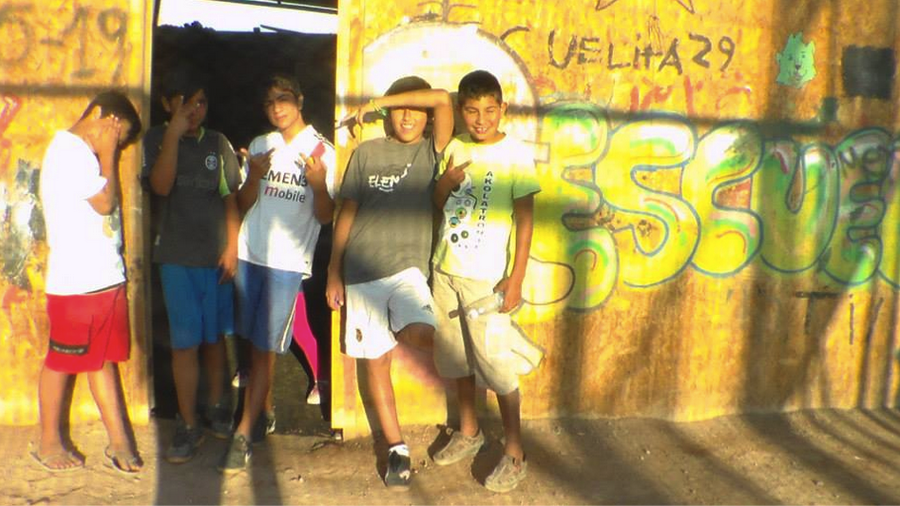The patriarchy is a judge
that judges us for being born
and our punishment
is the violence you don’t see…
The lyrics continue on to connect patriarchal state structures to femicide, disappearances, rape, the police, judges, the state, the president, and perhaps most importantly, impunity. The most powerful phrase, repeated twice, is:
The oppressive state is a rapist.
The rapist is you.
(lyrics from Women’s March 2020)
To read the full article, click here to go to Anthropology News
También se aparece aquí en español, después del inglés








 RSS Feed
RSS Feed
